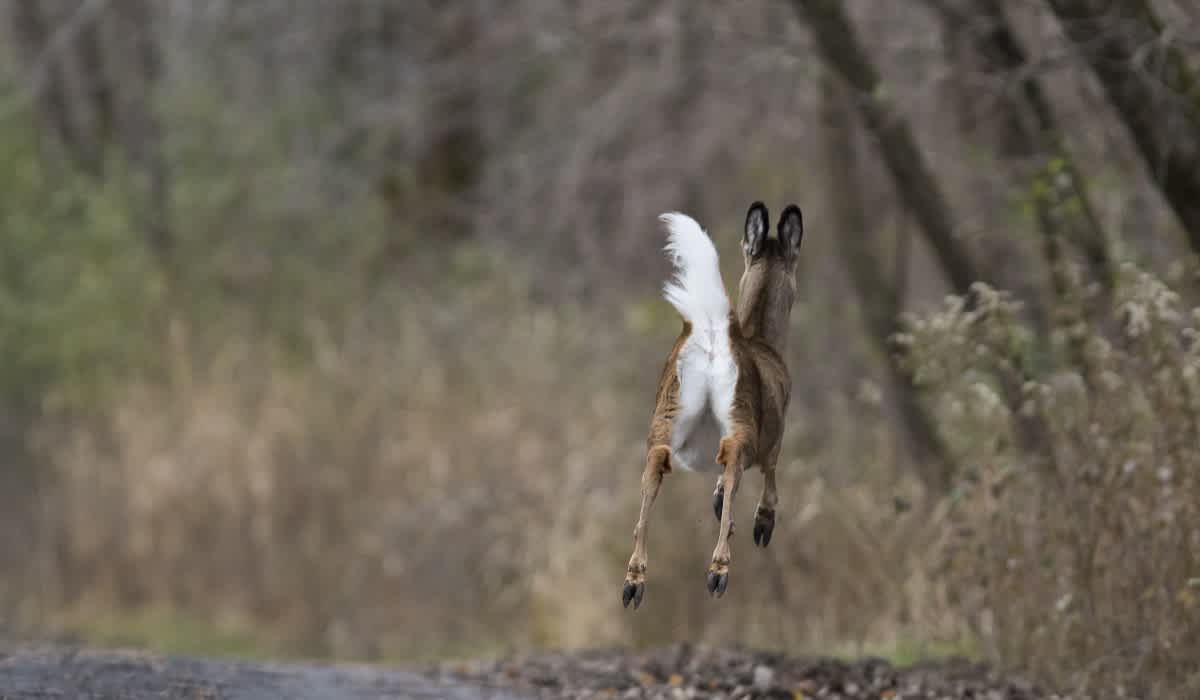What is the Mortal Deer Disease Known as ‘CWD’ and How to Identity it
OutdoorHub Reporters 11.06.18

Chronic Wasting Disease (also known as CWD) is a mortal deer disease that affects cervids in and out of the wild. Moose, elk, and deer can all be subjected to this disease. While researchers don’t believe it can be transmitted to humans, it is recommended to steer clear if identified in a wild animal. It poses a serious threat to wildlife populations, and environmental scientists are actively working on containing the issue before it spreads.
What is Chronic Wasting Disease?
CWD is a neurological disease that causes a spongy degeneration of the affected animal’s brain. It is always fatal and appears to only affect adult animals. It is a part of the disease family known as transmissible spongiform encephalopathies, or TSE’s. Other diseases in this family include mad cow disease, scrapie (a disease that affects sheep and goats), transmissible mink encephalopathy in farmed mink.
While there have been reports in the media of humans having adverse effects after being exposed to the disease, the Center for Disease Control and Prevention has found no concrete evidence of negative effects in humans. The disease was first recorded in deer populations in 1967, and since then has spread through populations across North America. While the disease is not beyond control yet, scientists believe that if it becomes more widespread in cervid populations will be impossible to contain. Environmentalists are proactively taking measures to ensure this doesn’t happen.
The disease can be transmitted both directly and indirectly. This means that an animal can contract the mortal deer disease by coming into direct contact with an infected animal, tissue, or bodily fluid, or by simply being in an environment that an infected animal was in. Some non-cervid species have been experimentally infected to see what other species may be susceptible to the disease, though no conclusive evidence has been drawn yet. It is thought that certain subspecies of deer and elk may be immune to the disease. Regardless, if the disease becomes a severe outbreak, not only will wildlife populations be seriously affected, but hunters will most likely be faced with new and strict regulations in order to protect the species.
How To Identify CWD In Wild Animals
While it is not believed to be harmful to humans, you should remain cautious if you believe an animal is infected with the disease. CWD primarily affects the brain of the animal, which external symptoms will reflect.
The earliest signs that an animal may be infected with the disease is difficulty moving. If you notice an animal that seems to be walking awkwardly and unusually, it is possible that they are infected with the disease. Animals will also suffer significant weight loss over time.
Later stages of the disease will surface in less physical ways and more so in the way the animal interacts (or doesn’t interact) with the rest of its kind. If an animal is affected by CWD, they will likely interact less with their herd, moving in a sluggish and nervous manner. They typically keep their heads down, walk in repetitive patterns, and might even have tremors. Other symptoms include grinding of the teeth and excessive salivation. They are also likely to have increased drinking and urination, which leads to further spreading of the disease as they infect popular drinking spots.
Keep Watch
While you may not be in direct danger of contracting Chronic Wasting Disease, you should be wary if you believe an animal you have killed has the disease. If you believe you have found an animal with CWD, report it to your local game authorities so that they can conduct damage control on the other animals in the area.

